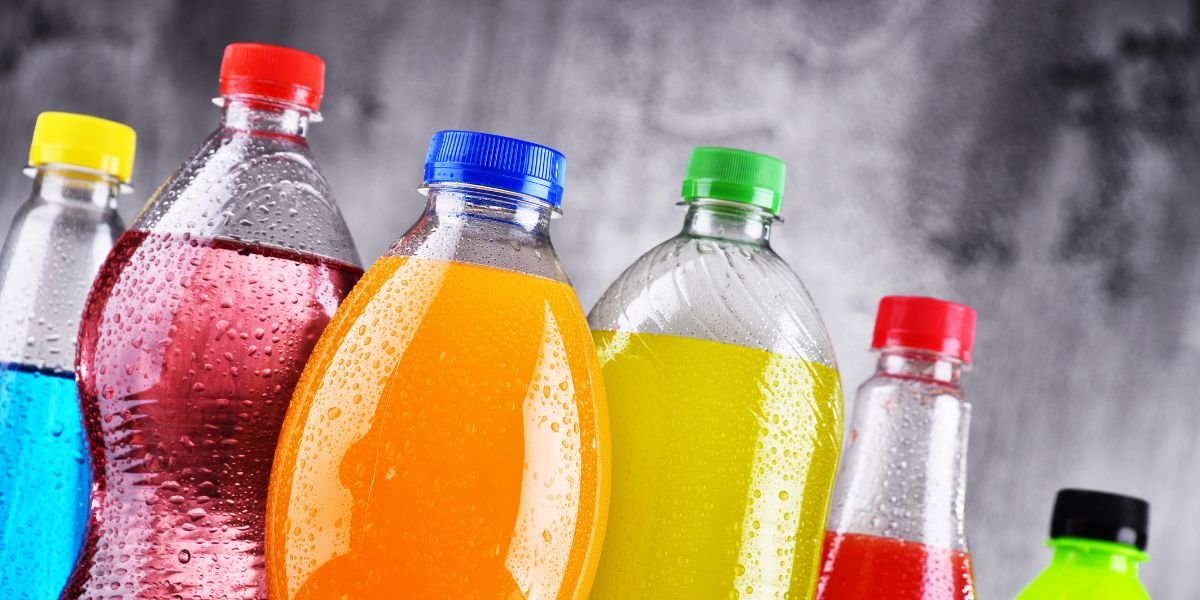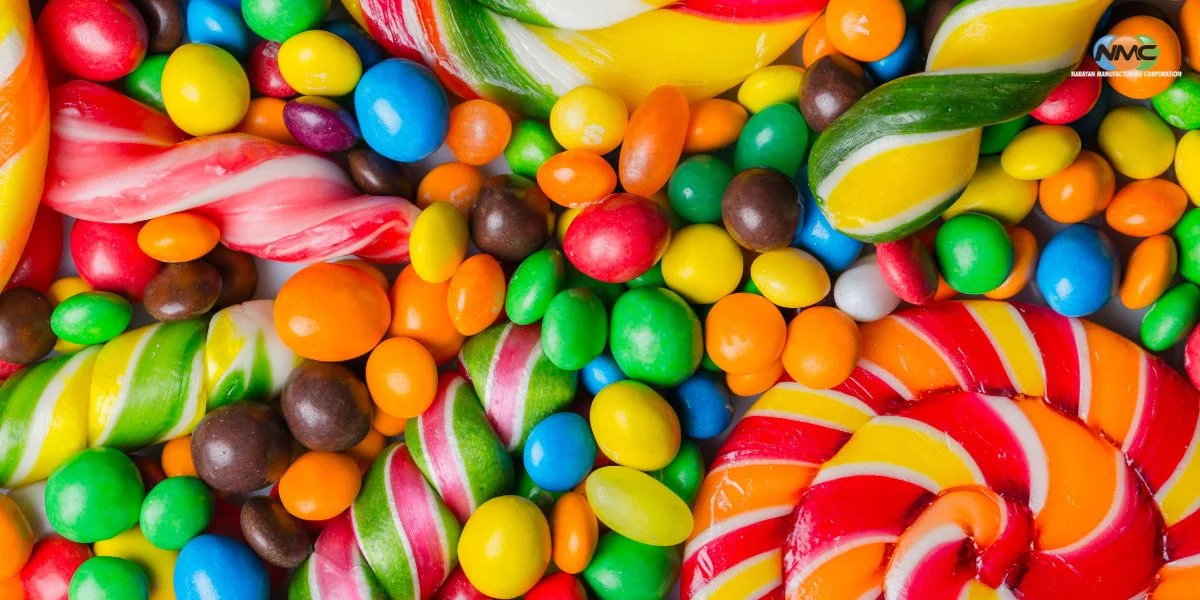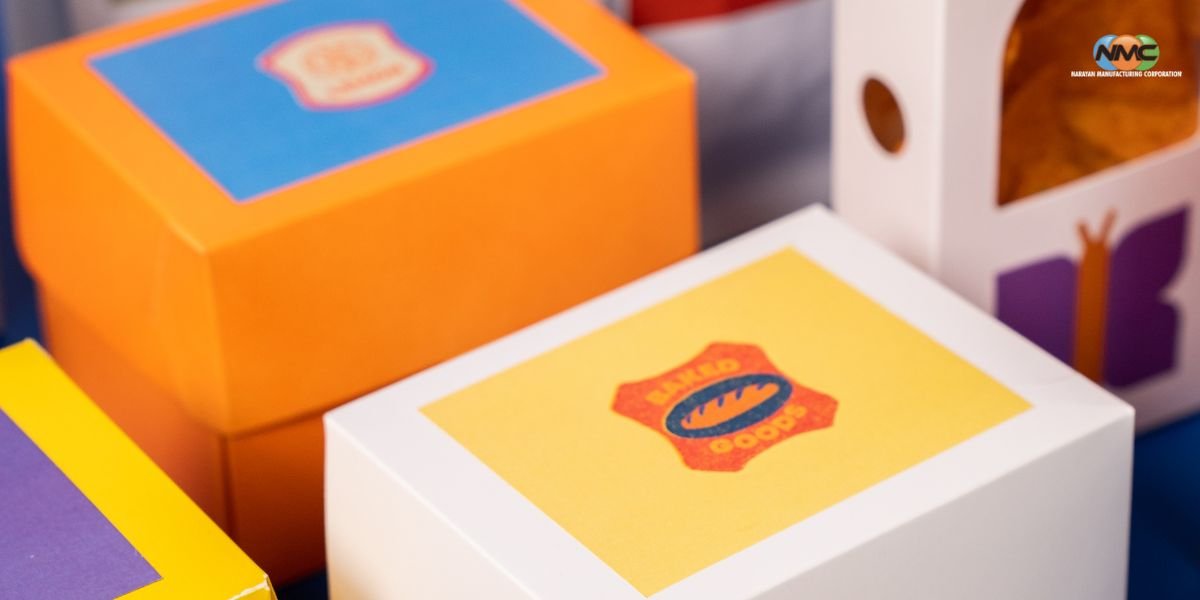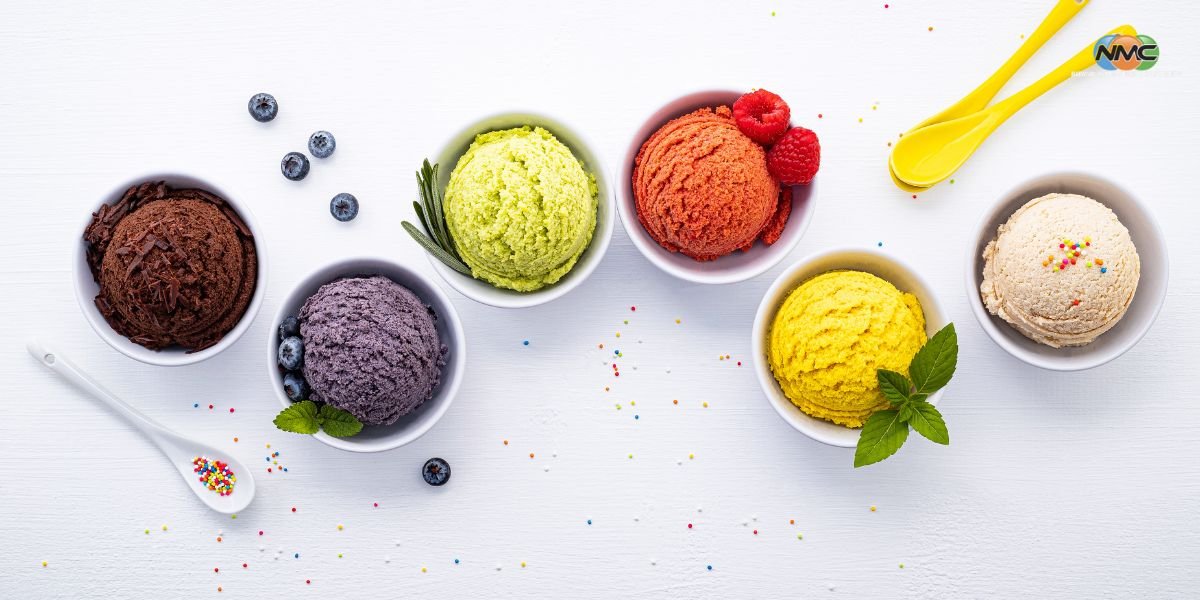In the vibrant world of carbonated soft drinks, where visual appeal is as crucial as the refreshing taste, the role of synthetic food colors cannot be overstated. These vibrant hues not only elevate the aesthetics of your favorite fizzy beverages but also contribute to an unforgettable drinking experience.
The Art of Color Enhancement:
Synthetic food colors play a pivotal role in enhancing the visual allure of carbonated soft drinks. From the deep blues of classic colas to the sunny yellows of citrus sodas, these colors create a spectrum that tantalizes the eyes and primes the taste buds for the flavor explosion that follows.
Versatility and Consistency:
One of the key advantages of synthetic food colors is their versatility. They allow beverage manufacturers to achieve a consistent and appealing color profile across batches. This consistency is vital in maintaining brand identity and meeting consumer expectations.
Meeting Regulatory Standards:
Synthetic food colors undergo rigorous testing to ensure they comply with regulatory standards for safety and quality. This commitment to adherence guarantees that the colors used in carbonated soft drinks not only enhance their visual appeal but also meet the stringent requirements set by health authorities.
Innovation in Product Development:
The use of synthetic food colors in carbonated soft drinks opens the door to endless possibilities in product development. Manufacturers can experiment with a myriad of colors to create limited edition or seasonal beverages, capturing consumer interest and loyalty.
Consumer Perception and Preferences:
Research indicates that consumers often associate specific colors with certain flavors, creating a psychological link between appearance and taste. By using synthetic food colors strategically, beverage companies can tap into these perceptions, influencing consumer expectations and preferences.
Conclusion:
In the world of carbonated soft drinks, synthetic food colors are not just additives; they are the artists on the canvas, creating a visually enticing experience for consumers. From classic cola brown to exotic fruit-inspired hues, these colors contribute to the vibrancy and appeal of the beverage industry. As technology advances and consumer preferences evolve, the role of synthetic food colors in enhancing the aesthetics of carbonated soft drinks is only set to grow, promising a colorful and exciting future for the world of fizzy refreshments.
















